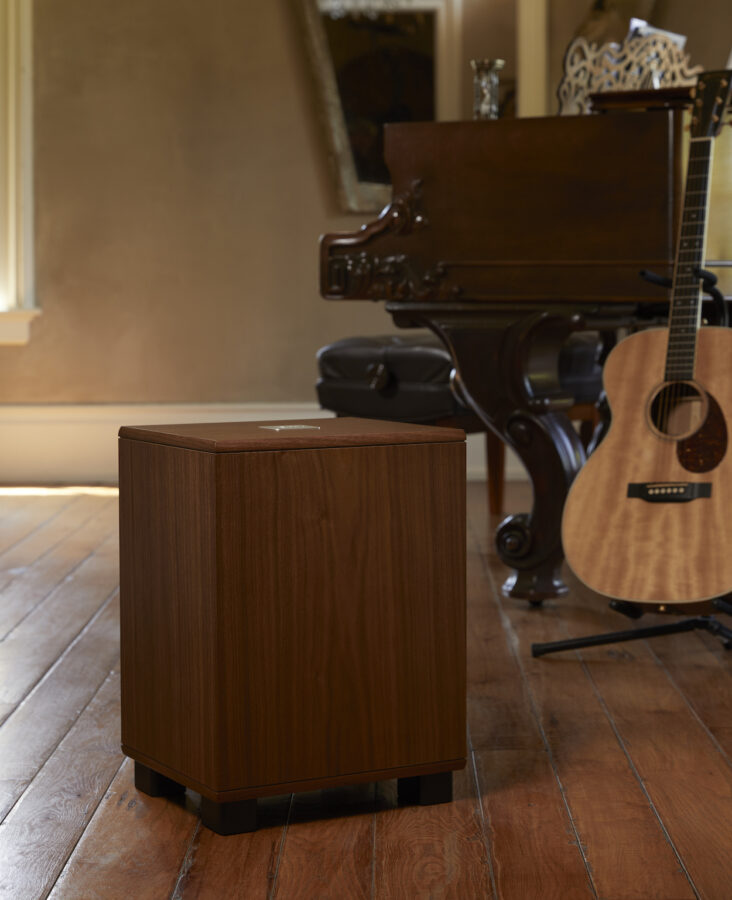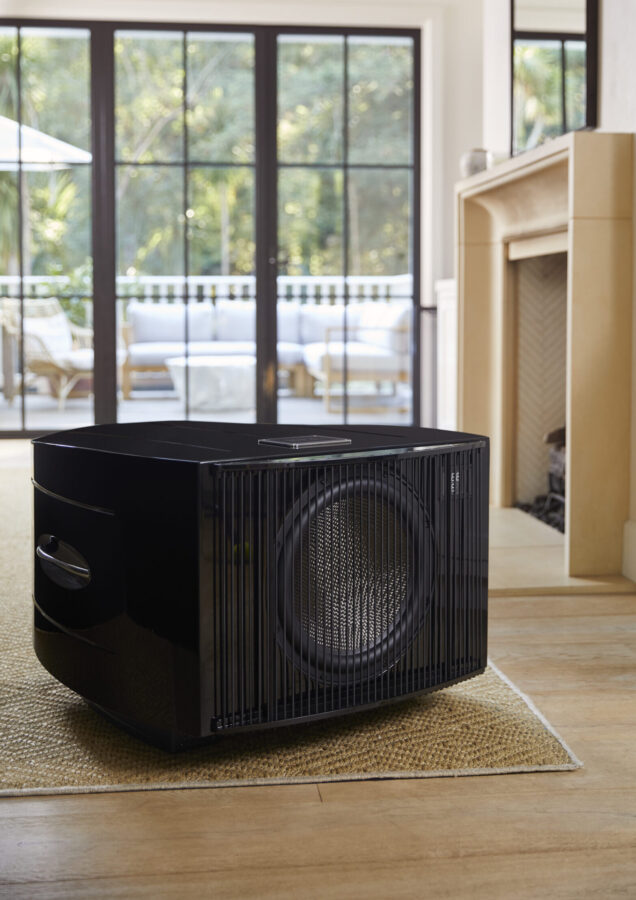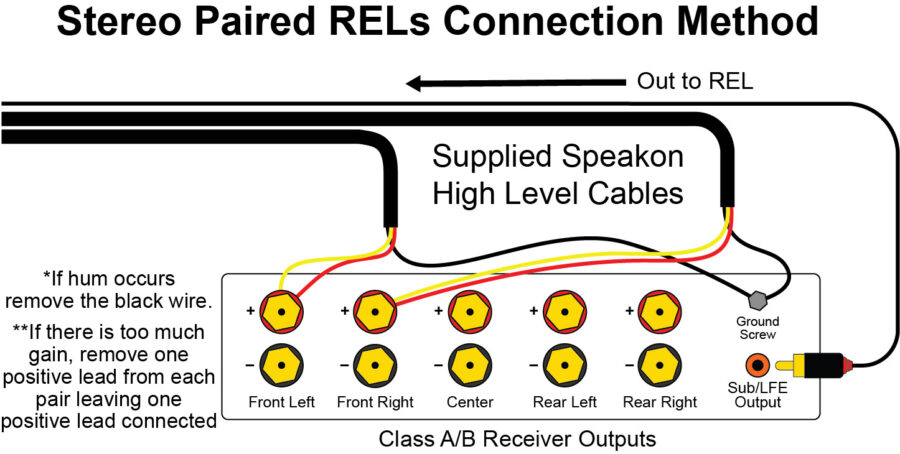Blog
Classic RELs: Now in Living Color
How Stereo Pairs Open up Music and Film

The Classic 98 arrived to instantaneous acclaim. It was the combination of Mid-Century Modern style, gorgeous rich walnut veneer, and performance that just shouldn’t be possible from a cabinet this small. And then we added in value at a time when prices everywhere are rising; in some cases, things seem to go up “just because”. (We don’t price things just because we can get away with it!)
Buyers of Classic Line seem to fall into three groups. The folks that never could get over the old days, the folks that love all things Mid-Century Modern, and those that simply crave its unique combination of powerful, understated performance.
Many in all three groups may be unaware of why modern REL owners use stereo pairs so frequently. We thought a quick touch-up on why stereo pairs have become such a regular go-to might be helpful for those a little out of touch, or just not up-to-date on the why and how of stereo pairs and decided to use the Classic Line as a teaching moment.
Normal subwoofer manufacturers still say things like “Well, uh, heck it gets you another 6 dB of output.” Hmm, what if my single sub plays loud enough? Smarter ones will point out that it can smooth out room response peaks and valleys. True. We simply state that once you’ve heard RELs in pairs, you will never go back.

RELs have possessed incomparable speed and attack for some 15 years, ever since the first-generation Gibraltar G-1 came out with the fastest filters ever created. Since then, we’ve used those filters in 3 more, including our No.32 and No.31. So, when we guide customers toward pairs, our reasons…are a little different. First, many RELs put out enough sheer output these days; most modern RELs will outplay RELs of the 90s by anywhere from 50 to 100+%. And yet, many of our biggest, fastest subwoofers are the very ones that are being paired. Not to mention “normal” RELs like our Serie T/x that are bought in stereo pairs, or are converted to stereo pairs daily. So, it’s clearly not about output for its own sake.
What it IS: REL pairs open up a clarity and precision to the soundstage that is addictive, in the best sense of the word. Stereo RELs open up the outer thirds (both right and left) of the soundstage, allowing for extraordinary precision of placement of instruments upon that stage and, yes, deliver even greater and more effortless dynamics. And normal subwoofers don’t deliver that. This facility is unique to RELs, most subs will simply muddy up things more by adding a second.
So, let’s jump in and answer some questions, how do I connect the second REL? It’s so easy, here’s a diagram available from our website.
RelTip™: Note the guidance next to the diagram. One frequently finds they do not require the additional gain (loudness level) of having two “hot” leads (Yellow and Red) connected in a bundle. Here is the precise language we supply: “If there is too much gain, remove one positive lead from each pair leaving one positive lead connected.”
Stereo Pair Connection
If connecting 2 RELs, connect the black wire of each REL to a ground lug or chassis screw on each amplifier; twist together the red and yellow wires of each REL separately and connect each pair to the positive speaker terminal of the corresponding amplifier channel. In some instances, this will result in exceptionally high gain (output) from the RELs. If it seems simply too high in gain, please remove either the red or yellow wire from the twisted pair. This will reduce output by half and restore a natural dynamic.
Note: You connect your left and right main speakers to the same terminals on your receiver or amplifier as the REL high-level connection.

Stereo RELs open up a sweeping panoramic soundstage that no single subwoofer, not even a REL can. It adds soundstage width, precision, and clarity as well as effortless dynamics. And because one now has the ability to dial in right and left subwoofer channels perfectly, independent of room variations, everything snaps together with a sense of rightness. At shows, I’ve had customers come up to me to thank me for having “pushed” (I prefer the word encourage) them into buying their second sub, some even gently berate me for not having been more forceful. Classic Line RELs benefit from this much as do our modern RELs.
Enjoy!
Final RelTip™: Most regular REL users know that it’s helpful to take some (but not too much) advantage of proximity to one—or in this case — both front corners. In our owner’s manual, we then suggest gently pulling the REL out on a diagonal toward the opposite corner slowly and carefully. The idea is to listen to our setup track #4 “Cosmo My Old Friend” from the CD soundtrack to the 1994 Robert Redford/Ben Kingsley movie “Sneakers”. As one draws it away from the corner slowly, pause each time a reinforcing node is encountered. Assess whether it is a better overall balance. Yes, your original position closest to the corner will almost undoubtedly possess the DEEPEST bass, but is it too much of a good thing? Pause and assess. Is it decent deep bass but MUCH cleaner and more open? Great. Leave it there and increase the gain control by 1 or 2 clicks. Aah, now do you have better bass AND have restored the output? This is the way of the high end -start with good and make it perfect.
So, here’s the final tip for Classic Line RELs: try turning it 90 degrees. If it’s oriented parallel with its longest dimension to the side wall, try it with its longest dimension parallel to the FRONT wall. Which one gives the better response? They will certainly sound slightly different. Better means richer, deeper, and more powerful – hey, you can always turn it up or down to rebalance it. Finally, try turning it 45 degrees. This puts the longest axis at a diagonal to both walls. You will still need to play with positioning, but we have found that the Diagonal Twist in some rooms opens up the final key to obtaining an ideal response from one’s Classic Line REL.
Thank you for reading our latest blog. We strive to provide content that’s both entertaining and educational.
If you have questions or suggestions for future articles, reach out to us at contactus@rel.net. We value your input and will do our best to respond within a few days.
With over 160 years of combined experience, we’re committed to making your audio experience exceptional. If you found value in this piece, please share it with friends who might benefit.











